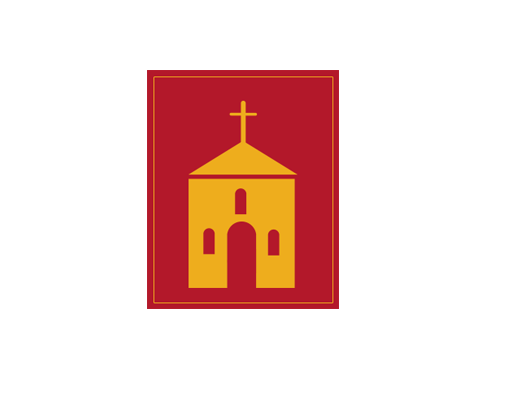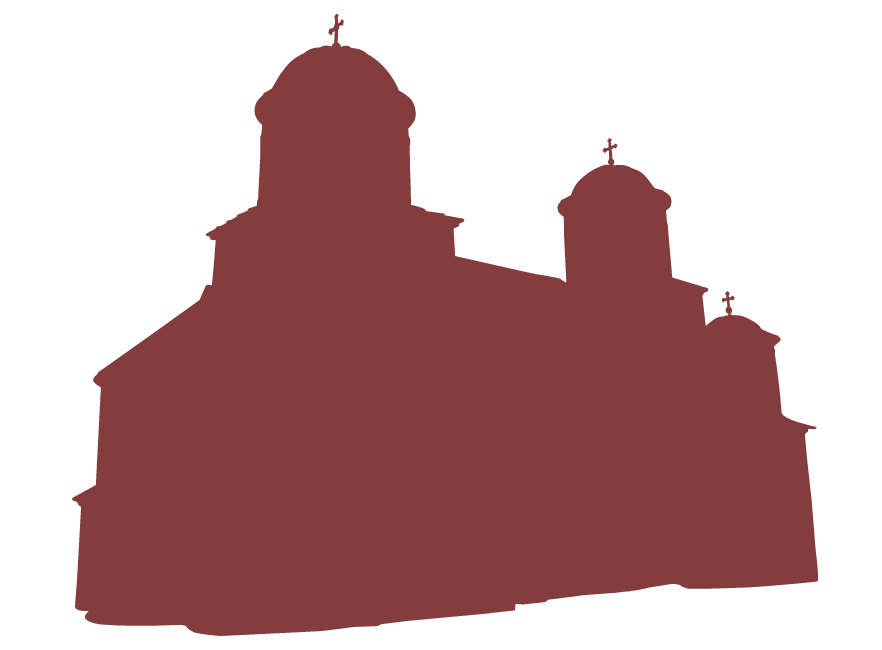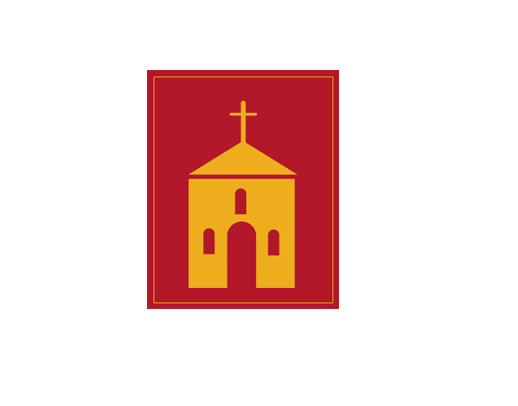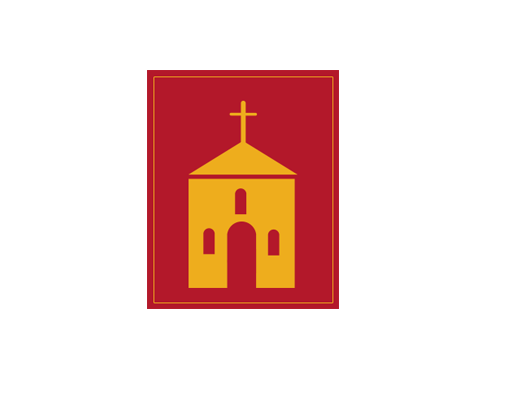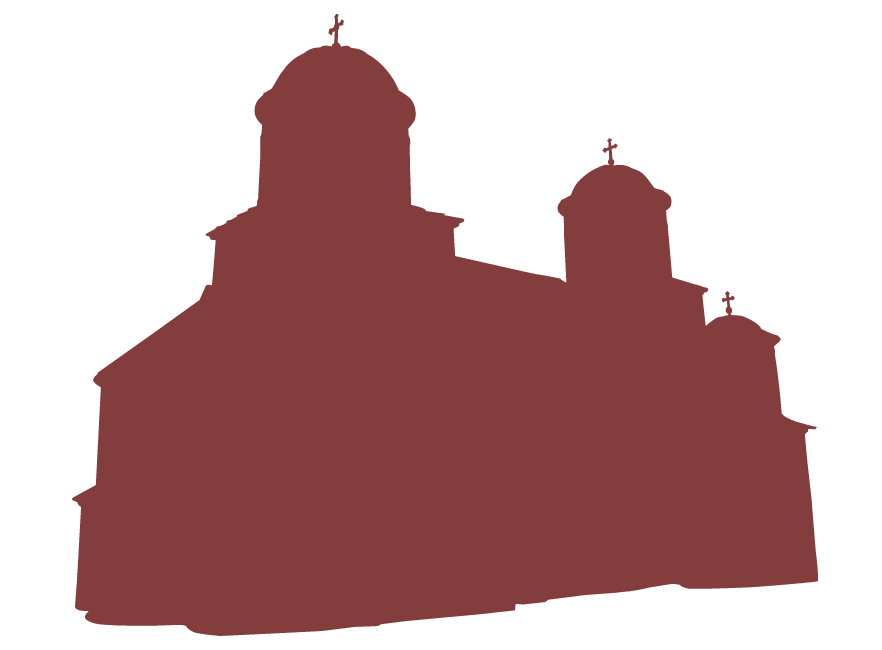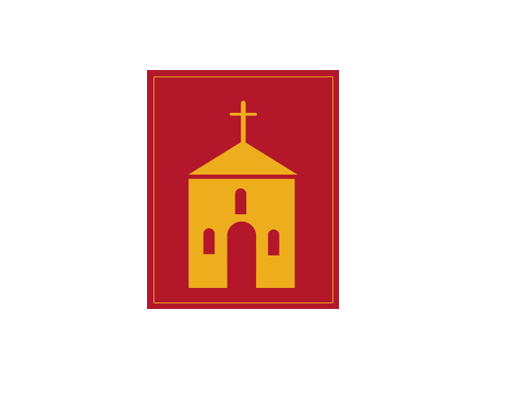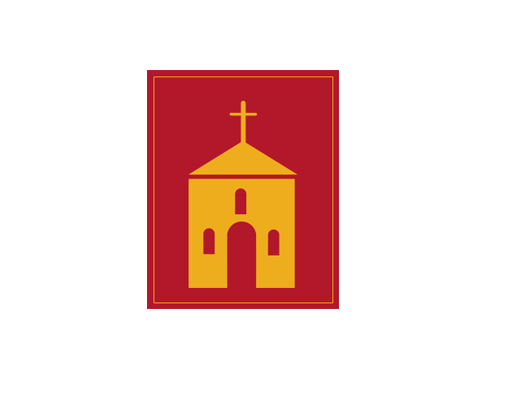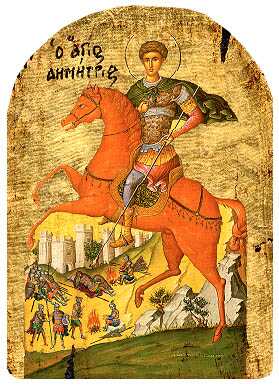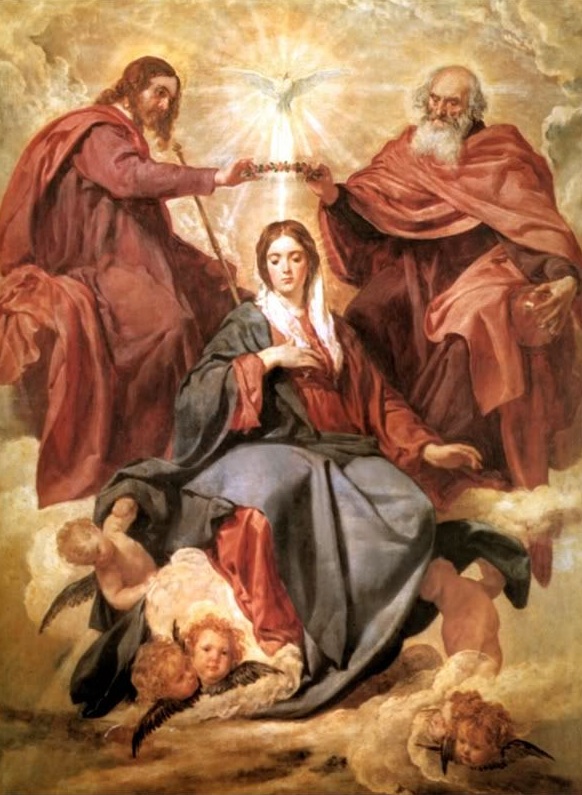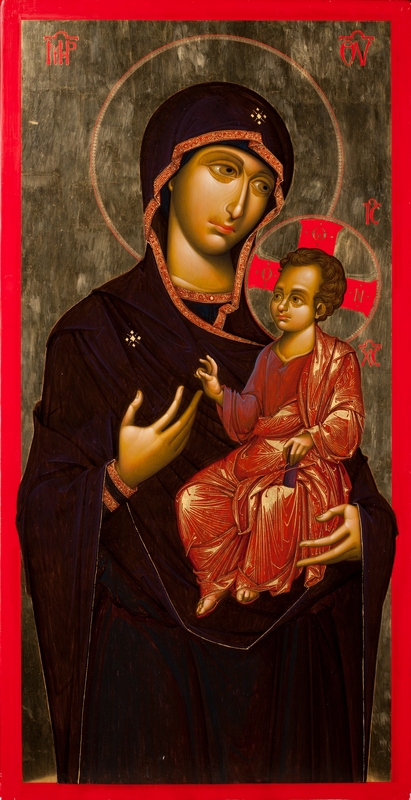The Lord who, on Sinai, gave the Fifth Commandment: "Honour thy father and thy mother", showed by His own example how one must reverence one"s parents. Hanging in agony on the Cross, He remembered His mother, and, indicating the Apostle John, said to her: "Woman, behold thy son!", and to John: "Behold thy mother!" And, with this concern for His mother, He breathed His last. John had a home on Sion in Jerusalem, where he settled the Mother of God and left her to pass her remaining days on earth. By her prayers, her kindly advice, her meekness and patience, she was of immense help to her Son"s apostles. She spent virtually the rest of her life in Jerusalem, often going round the places that reminded her of the great events and the great works associated with and performed by her Son. She especially visited Golgotha, Bethlehem and the Mount of Olives. Of her journeys farther afield, her visit to St Ignatius the God-Bearer is recorded, as are those to St Lazarus the Four-days-dead, Bishop of Cyprus, to the Holy Mountain, to which she gave her blessing, and her stay in Ephesus with John during a fierce persecution of Christians in Jerusalem. In old age, she often prayed to her Lord and God on the Mount of Olives, on the spot from which He ascended, to take her from this world. One day, the Archangel Gabriel appeared to her and revealed that she would enter into rest in three days" time, and the angel gave her a palm-branch to be carried in her funeral procession. She returned home with great joy, with the heartfelt hope that she would see Christ"s apostles once more in this life. The Lord fulfilled her desire and all the apostles, brought by angels and clouds, gathered together at John"s house on Sion. It was with great joy that she saw the holy apostles, and she encouraged, advised and upheld them, then peacefully gave her soul into God"s hands without the slightest physical pain or struggle. The apostles took the coffin containing her body, from which an aromatic fragrance arose, and, accompanied by many Christians, took it to the Garden of Gethsemane, to the grave of Ss Joachim and Anna. By God"s providence, they were hidden from the wicked Jews by a cloud. A Jewish priest, Antony, touched the coffin with his hand, intending to overturn it, but at that moment an angel of God cut off both his hands. He cried out with the pain, begging the apostles" help, and was healed in confessing his faith in the Lord Jesus Christ. It was left to the Apostle Thomas, who was delayed, again by God"s providence, to reveal a new and glorious mystery about the holy Mother of God. He arrived on the third day, and desired to embrace the body of the holy and most pure. When the apostles opened her grave, he found only the winding-sheet - the body was not in the grave. That evening, she appeared to the apostles, surrounded by a multitude of angels, and said to them: "Rejoice; I will be with you always!" It is not known exactly how old the Mother of God was at the time of her falling-asleep, but the prevailing belief is that she had reached the age of sixty.
Source:Church Calender
